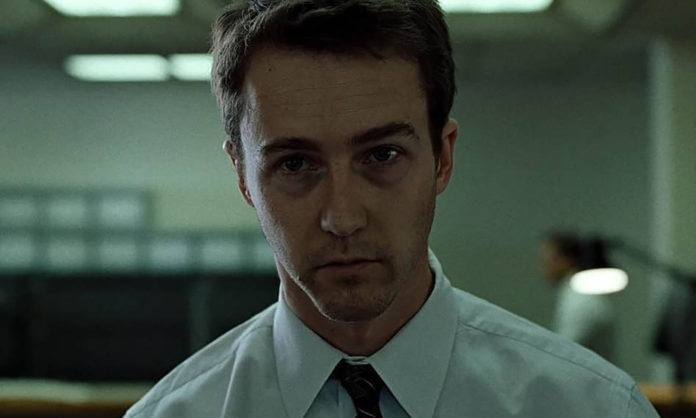In a post on Writers Helping Writers, Becca Puglisi examines how to reveal a character’s internal conflicts. “These character vs. self struggles include a certain level of cognitive dissonance, with him wanting things that are at odds with each other,” she notes. “Competing wants and desires, moral quandaries, mental health battles, insecurity, confusion, self-doubt—internal struggles haunt the character because their impacts ripple outward, affecting not only how he sees himself but altering his future and often the lives of the people he cares about.”
Through internal conflict, your protagonist begins to understand the flaws that hold them back, one of the keys to character change. Because this struggle is happening inside your character’s head, you need to depict it carefully, or your reader may feel like you’re beating them over the head with information. Puglisi says that highlighting internal and external cues can hint at a character’s emotional conflicts.
“If you’re writing in a viewpoint that allows you to reveal a character’s internal thoughts and processes, it’s a bit easier to draw attention to the struggle within,” she says. For example, you can use:
- Obsessive Thoughts. “Whatever’s plaguing your character, she’s going to spend a lot of time thinking about it, because the only way to get past the insecurity is to figure out what to do and make a decision,” Puglisi writes.
- Avoidance. In contrast, your character might avoid mulling over their problems, because they feel insurmountable or their flaw is too painful to consider. “Show their mind starting to wander in that direction and them deliberately turning away from it,” Puglisi says. “This is how you show that incongruency between what’s happening on the inside and the outside.”
- Wavering Between Courses of Action (Indecision). “Show the character vacillating between choices, playing out various scenarios, weighing the pros and cons,” Puglisi suggests. “This can be a great way to show the depth of the struggle.”
There are also external signals you can send, such as:
- Over or Under-Compensation. A character who feels indecisive may overcompensate by becoming pushy in other areas. They lack control over one element of their lives, so they react by becoming more controlling elsewhere. Conversely, they might refuse to make any decisions at all.
- Distraction. “A character whose mind is consumed with a troubling scenario isn’t going to have much mental time for anything else,” Puglisi says. “As a result, their efficiency and productivity at work or school could take a hit. They may become forgetful.”
- Mistakes. Similarly, characters under pressure are more prone to make mistakes.
- Emotional Volatility. Of course, when contents are under pressure, they sometimes explode. “A character in this situation may lose their patience, snap at people, or lash out at others,” Puglisi writes. “A different character may constantly be on the verge of tears, overwhelmed to the point of every little thing being the last straw.”












